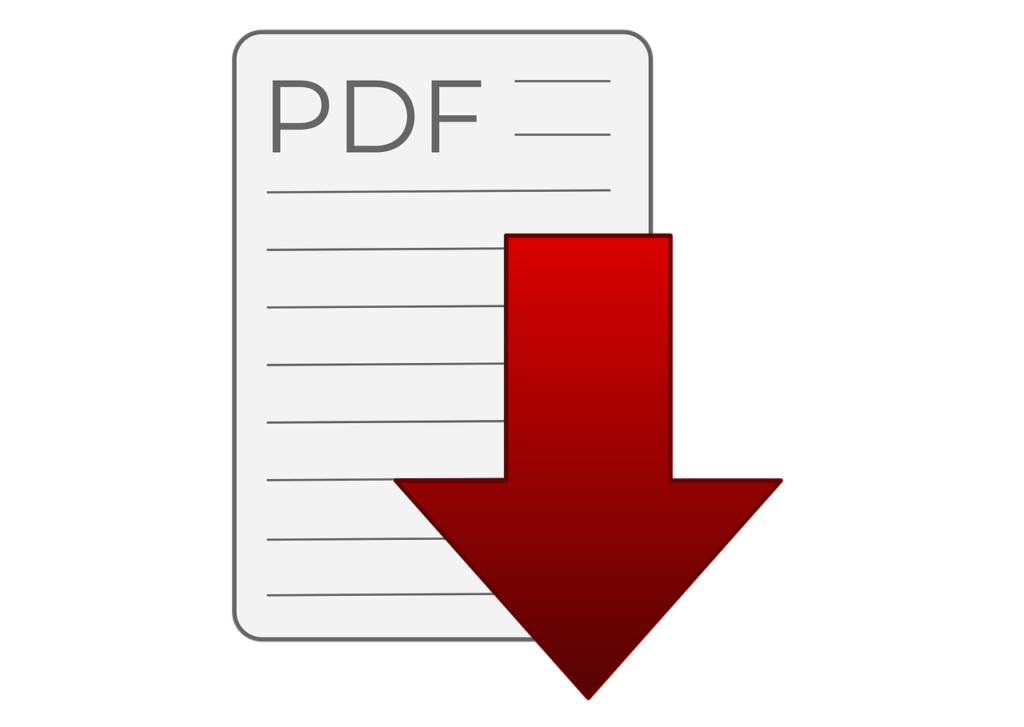Writing a Case Study? Here Are Some Guidelines
All business owners are continually looking for new ways to market themselves and spread the word about their company’s products or services.
From short pieces like blog posts and email blasts to mid-sized items like newsletters to long-form content marketing collateral like white papers, many executives would say they’ve tried everything at least once. Or have they?
It’s important to remember that there are two types of marketing—B2B (business to business) marketing, in which a company markets its products or services to fellow businesses, perhaps with the goal of establishing a partnership or vendor-client relationship, and B2C (business to consumer) marketing, in which the business promotes its offerings to the general public.
A company must target its marketing to the appropriate audience. One of the most effective, and overlooked, pieces of marketing for potential customers in both B2B and B2C audiences is the case study
 What is a case study?
What is a case study?
A marketing case study is a tool used to show how you got impressive results in one particular situation, or case. It gives you the opportunity to take an in-depth look at how one of your company’s products or services successfully solved a problem for a client.
A good case study starts with a good story, so work with your marketing and sales teams (and anyone else who keeps in regular contact with your clients) to identify success stories that stand out. Invite clients to share their experiences with your products or services on your company’s social media platforms.
Did a client find a new or creative use for one of your products? Did you use client feedback to modify one of your products, so it’s more user-friendly? Did your product or service help a client increase their sales, productivity, or brand exposure?
A case study gives your company the opportunity to show potential customers what’s possible when they work with you or buy from you, and best of all, you can then brag about the positive results!
Once you’ve gathered a list of case study subjects, it’s time to get busy on the writing and content formatting. Be sure to include the initial problem and solution. Then it’s time to have some fun.
Below are nine tips for creating a great case study.
Case Study Writing Tips
1. Get direct quotes.
Your product or service has the starring role in this story, but don’t forget to include the supporting characters. Speak to key members of the client’s team or your company’s team about their role in resolving the issue featured in the case study and include some of their quotes in the piece. It’s one thing to tell others how awesome you are, but it’s even more effective when your customers tell others how awesome you are.
 2. Keep it simple.
2. Keep it simple.
You can add some backstory to provide some context, but don’t get caught up in too many details. State the issue, add relevant background information, and strong quotes from the key team players, and explain the resolution. Readers want to be engaged but not inundated with tiny details. Ideally, your case study should be no longer than one printed page (obviously, this can be adjusted for digital platforms).
3. Stay in the brand.
A case study is a perfect way to use your company’s voice in a marketing piece. Be aware of both tone and word choice and how they relate to your company. If you are a buttoned-up company such as a financial planner, insurance agent, or banker, your voice is more formal; if your corporate culture is casual, use a conversational writing style.
Case Study Design Tips
4. Use pull quotes.
Mine the quotes you’ve gathered for the real gems—that brief sentence or two that describes the situation perfectly—and use them as pull quotes. Make the statement stand out by using fonts wisely—make it larger, a different color, or use a complimentary typeface (this would be a great way to utilize a secondary font in your company’s brand guide).
5. Incorporate video (for digital format).
Rather than relying strictly on text, mix up the formats. Video is always a powerful storytelling medium. This is an excellent opportunity to include first-hand interviews, photos, and graphics to create a compelling case study.
6. Add an infographic.
Did your product or service dramatically increase sales or improve an aspect of your company or your client’s company for the better? An infographic is a great way to make that hard data easier to digest and comprehend.
7. Don’t forget about print.
You should have a landing page on your company’s website just for case studies, but don’t forget about hard copies. Use your company’s color palette to create Word docs of your case studies and save them as PDFs for easy printing. They are always great to use as takeaways at client meetings, conferences, and other industry events.
 8. Create a case study template.
8. Create a case study template.
It’s always a challenge to develop a layout, everyone can agree on, so when you find one, use it! A case study template will save time with writing and editing each project. And if you’re posting the case studies on your website, keep the page current. Don’t expect a sudden rush of new business from the 5-year old case study that’s on your website. Post fresh content at least every few months.
9. Stay in brand
Just as you should write the copy for your case study using your brand voice, use brand-appropriate graphics, photos, and color palettes in both your digital and print design formats.
Like any other piece of marketing collateral, it takes time to write a case study. You want to be sure to capture the nature of the problem and show the significance of the resolution for both your company and your client’s. Unlike a testimonial, which is merely a quote from a satisfied customer or colleague, a case study takes a closer look at a specific challenge and how your team’s skills and expertise solved it. And that’s what truly creates satisfied customers!
Have you ever used case studies as a marketing tool? What were the results?



